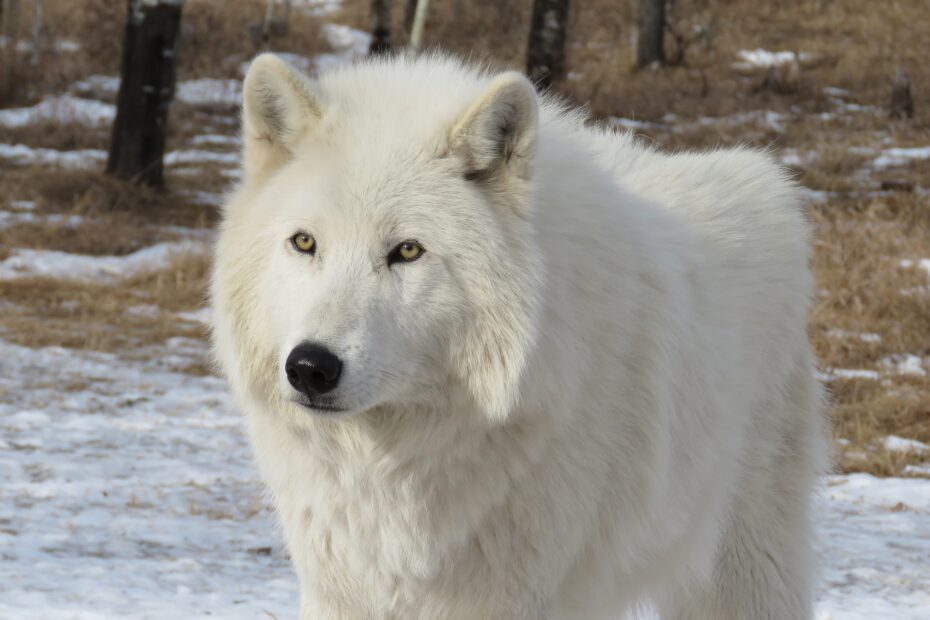The tundra is a captivating biome characterized by freezing temperatures, vast landscapes, and unique wildlife. In this article, we will embark on a journey to discover the top eight tundra animals that have adapted remarkably to thrive in this challenging environment. From the mighty Polar Bear to the elusive Arctic Wolf, the graceful Snow Leopard to the majestic Snowy Owl, these incredible creatures showcase their resilience and survival strategies in the frozen wilderness.
You may also want to read about the top 8 apex predators.
1. Polar Bear: The King of the Arctic
The Polar Bear, also known as the King of the Arctic, reigns supreme in this frigid habitat.
1.1 Description and Adaptations
With its massive size, thick layer of insulating blubber, and water-repellent fur, the Polar Bear is perfectly adapted to withstand the freezing temperatures of the tundra. Its large paws, equipped with sharp claws, allow it to navigate the icy terrain and swim effortlessly in the Arctic waters.
1.2 Habitat and Behavior
Polar Bears primarily inhabit the Arctic regions, relying on sea ice as a hunting platform for their main prey, seals. They are excellent swimmers and can cover long distances in search of food. Despite their solitary nature, Polar Bears occasionally come together during the mating season or when a significant food source is available.
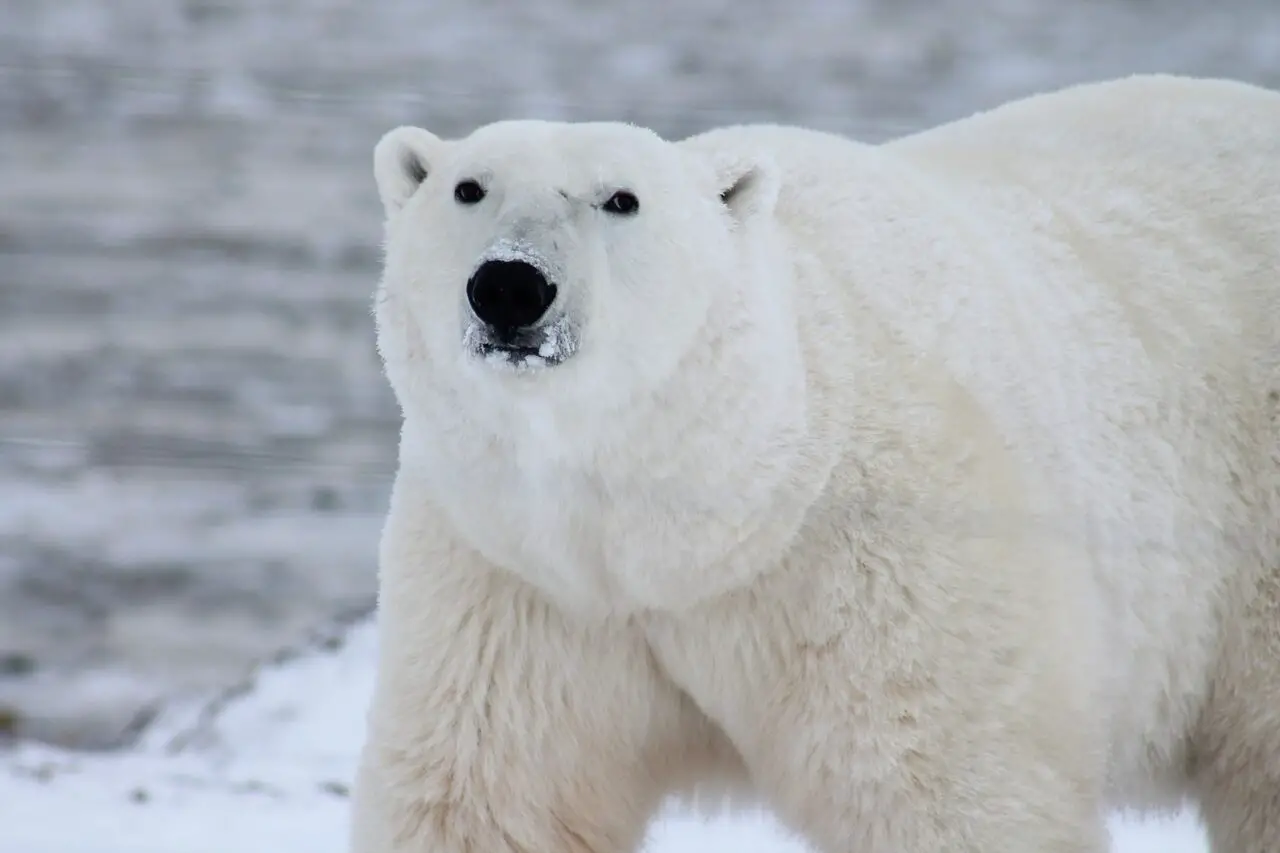
2. Arctic Wolf: The Ghost of the Tundra
The Arctic Wolf, known as the Ghost of the Tundra, is a magnificent predator that thrives in extreme conditions.
2.1 Physical Characteristics
Arctic Wolves possess a thick white coat that camouflages them against the snowy backdrop of the tundra. Their smaller size and compact body structure allow them to conserve heat, enabling them to survive in the harsh climate.
2.2 Pack Structure and Hunting Strategies
Arctic Wolves are highly social animals, living and hunting in cohesive packs. Their pack structure, led by an alpha pair, promotes cooperation and ensures the survival of the group. Together, they employ sophisticated hunting strategies, coordinating their movements to bring down larger prey such as muskoxen and Arctic hares.
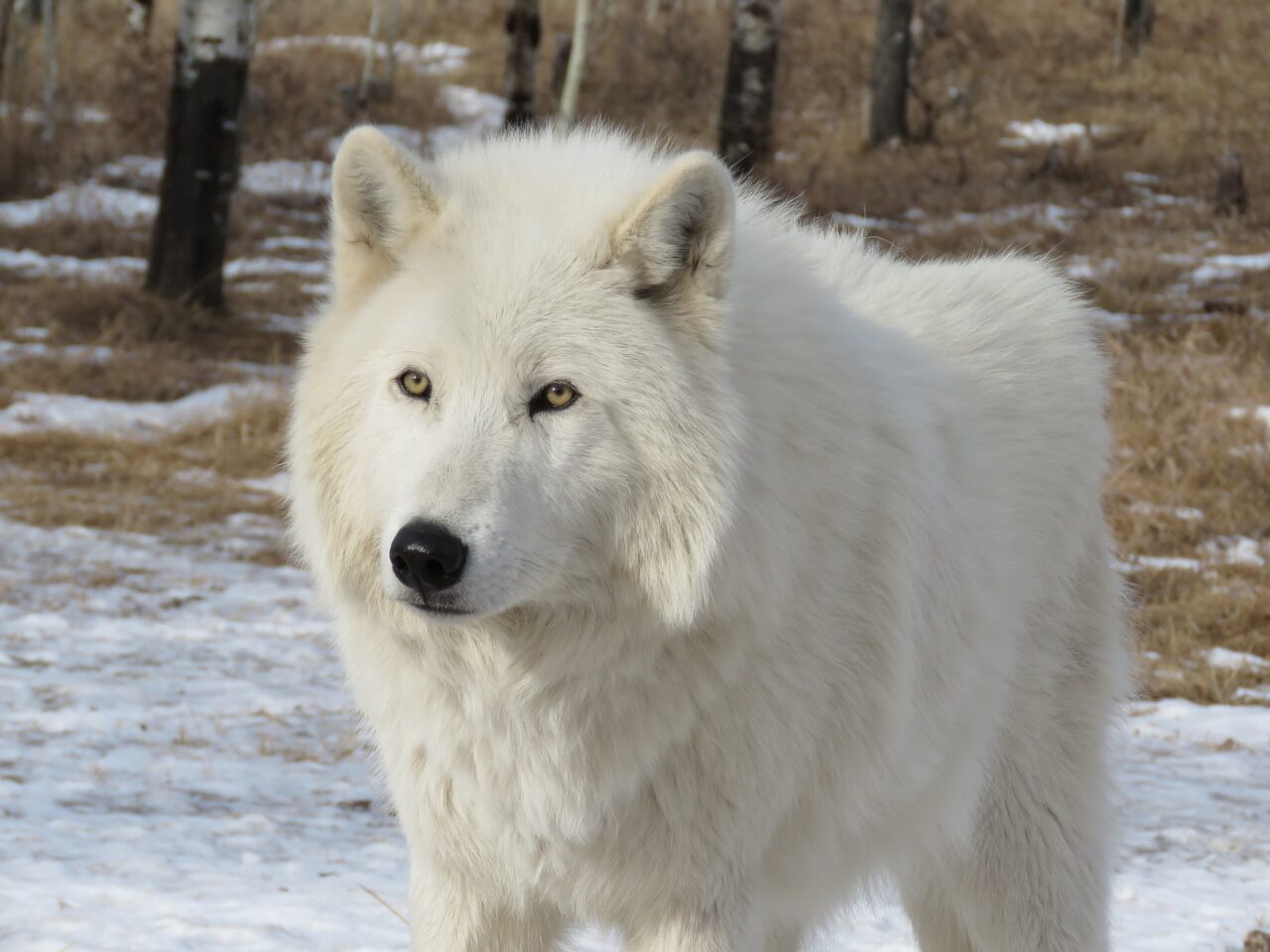
3. Leopard Seal: Master of the Antarctic Waters
The Leopard Seal is a formidable predator that dominates the icy waters of the Antarctic tundra.
3.1 Description and Adaptations
With its sleek body, sharp teeth, and powerful jaws, the Leopard Seal is an expert hunter. Its spotted pattern provides effective camouflage in the water, allowing it to stealthily approach prey.
3.2 Predatory Behavior
Leopard Seals are known for their predatory prowess, feeding on a diverse range of prey, including penguins, fish, and krill. They utilize their powerful jaws to capture and consume their meals. With their agility and aquatic adaptations, they are supremely adapted to life in the water.
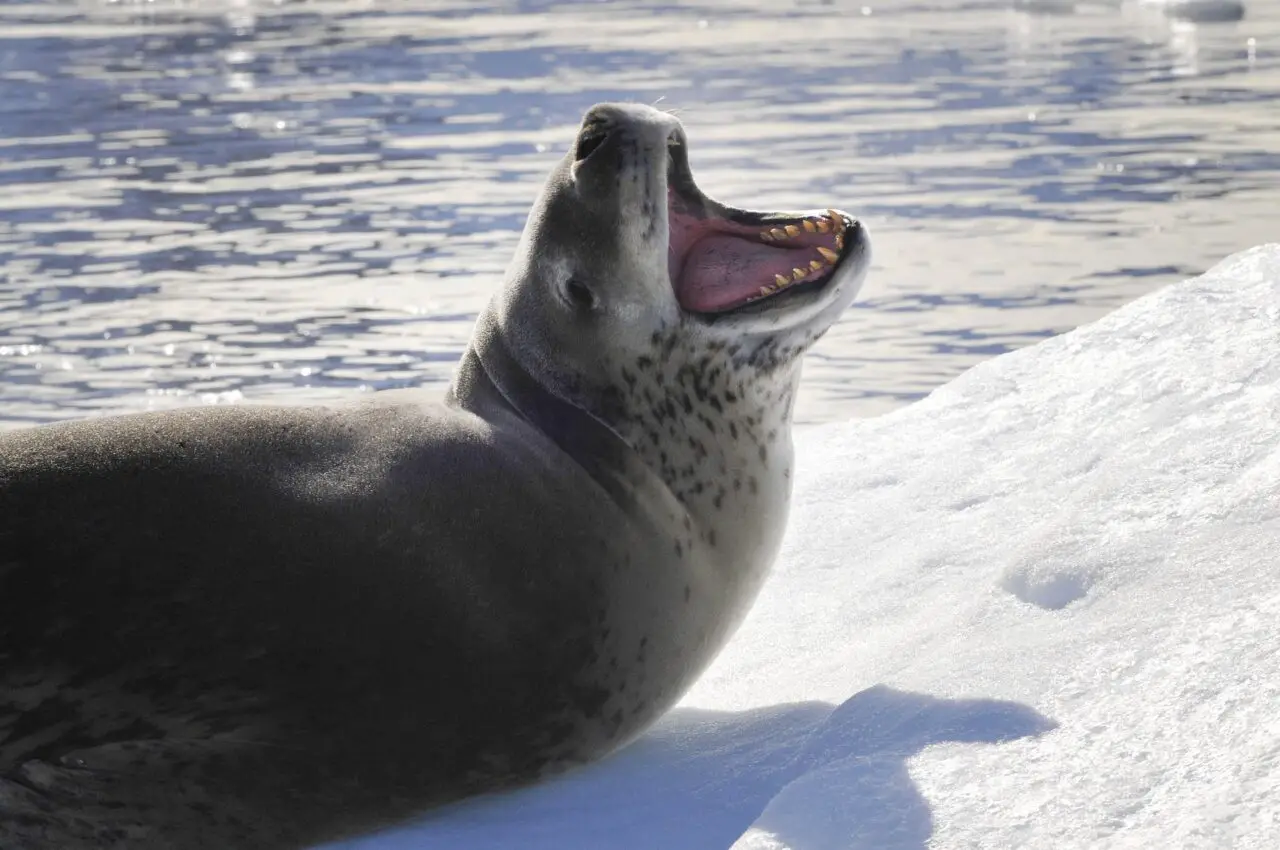
4. Snow Leopard: The Ghost of the Mountains
The Snow Leopard, often referred to as the Ghost of the Mountains, is a magnificent big cat that roams the rugged terrains of the high-altitude tundra.
4.1 Physical Characteristics and Adaptations
The Snow Leopard’s thick fur, patterned with beautiful rosettes, provides excellent insulation against the extreme cold of the high mountains. Their well-developed chest and forelimbs enable them to navigate steep slopes and rocky terrain with agility and grace.
4.2 Habitat and Hunting Techniques
Snow Leopards are solitary and elusive creatures, perfectly suited for the mountainous landscapes. Their exceptional vision, coupled with their stealth and patience, allows them to ambush prey such as blue sheep and ibex, ensuring their survival in the challenging tundra environment.
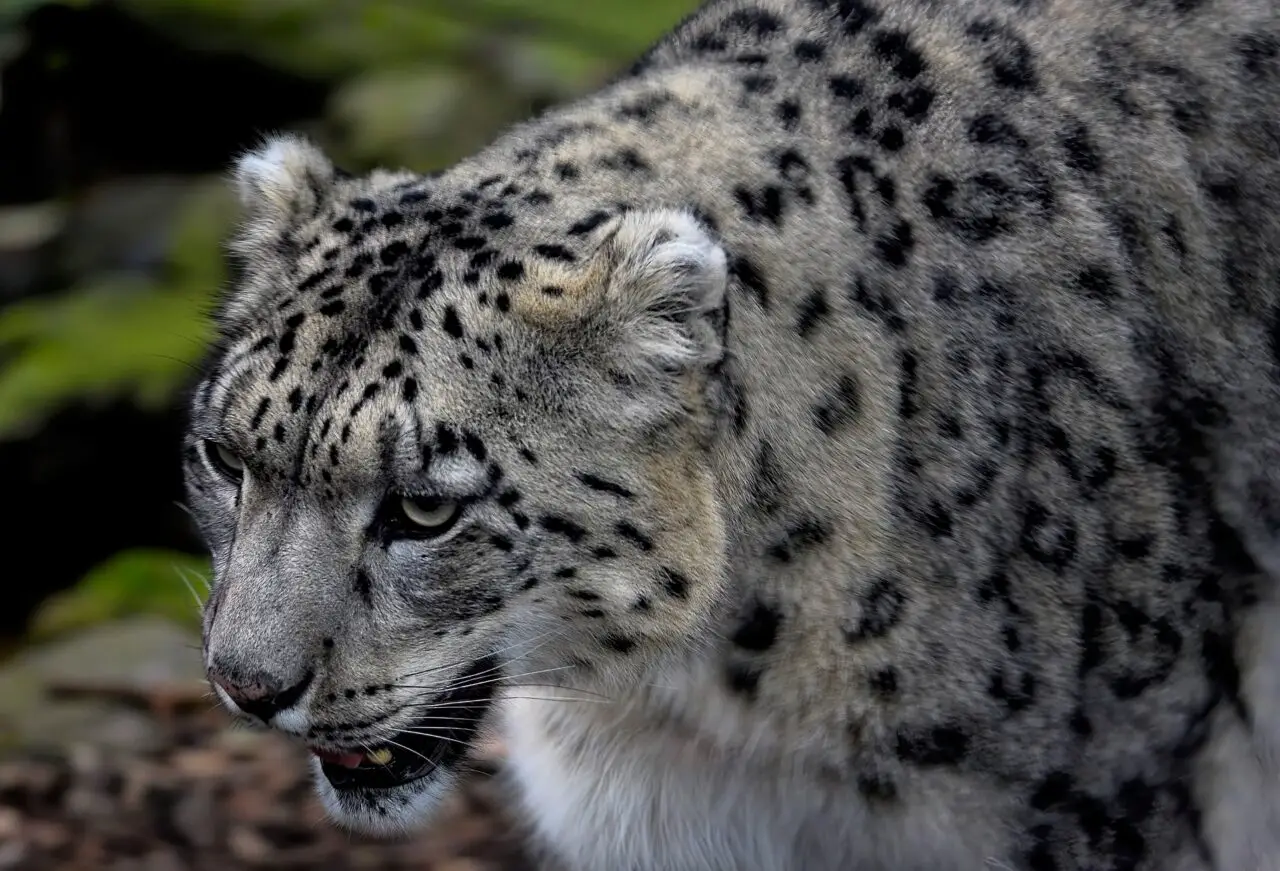
5. Canada Lynx: The Elusive Forest Dweller
The Canada Lynx is a fascinating feline that calls the North American tundra its home.
5.1 Appearance and Behavior
The Canada Lynx is recognized by its distinctive tufted ears, long legs, and dense fur that keeps it warm in the harsh tundra climate. These medium-sized cats have a graceful and agile demeanor, allowing them to navigate through the dense forests and snowy landscapes.
5.2 Hunting and Prey
Canada Lynxes are skilled hunters, specializing in catching snowshoe hares, their primary prey. Their large, padded paws help them move swiftly and silently through the snow, ensuring a successful ambush. With their keen senses and excellent camouflage, they are able to thrive in their chosen habitat.
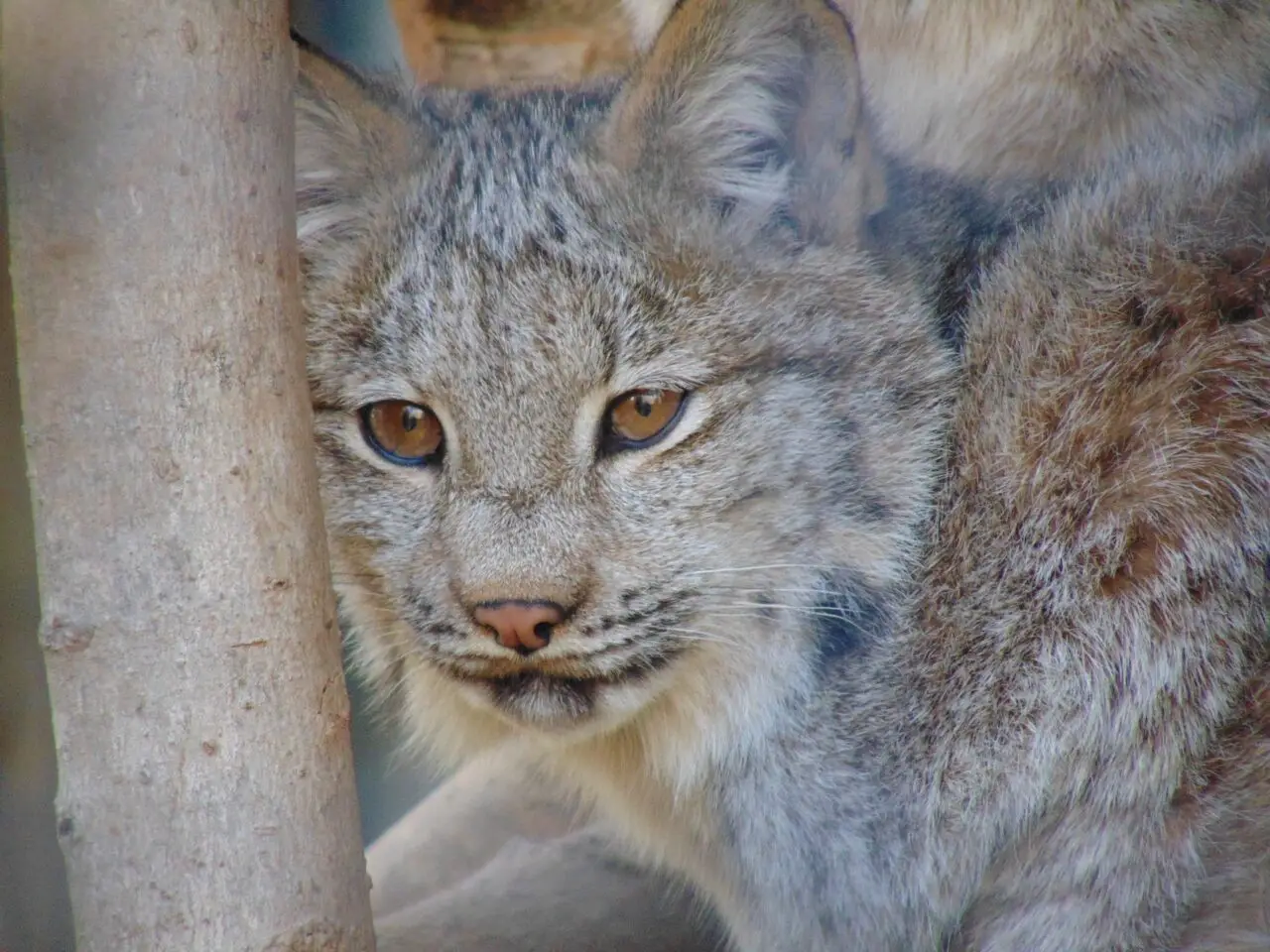
6. Walrus: The Mighty Giants of the Arctic Seas
The Walrus, with its massive size and distinct features, is an iconic resident of the Arctic tundra.
6.1 Physical Description and Adaptations
Walruses are known for their impressive size, with males weighing up to 2,000 kilograms (4,400 pounds). They have long ivory tusks, which are used for various purposes, including defense, breaking through ice, and hauling themselves onto land. Their thick blubber provides insulation and buoyancy, helping them navigate the freezing waters.
6.2 Social Behavior and Diet
Walruses are highly social creatures, often found in large herds known as “haulouts.” They use their tusks to establish dominance within the group. Their diet consists mainly of benthic invertebrates such as clams and mussels, which they locate by using their sensitive whiskers.
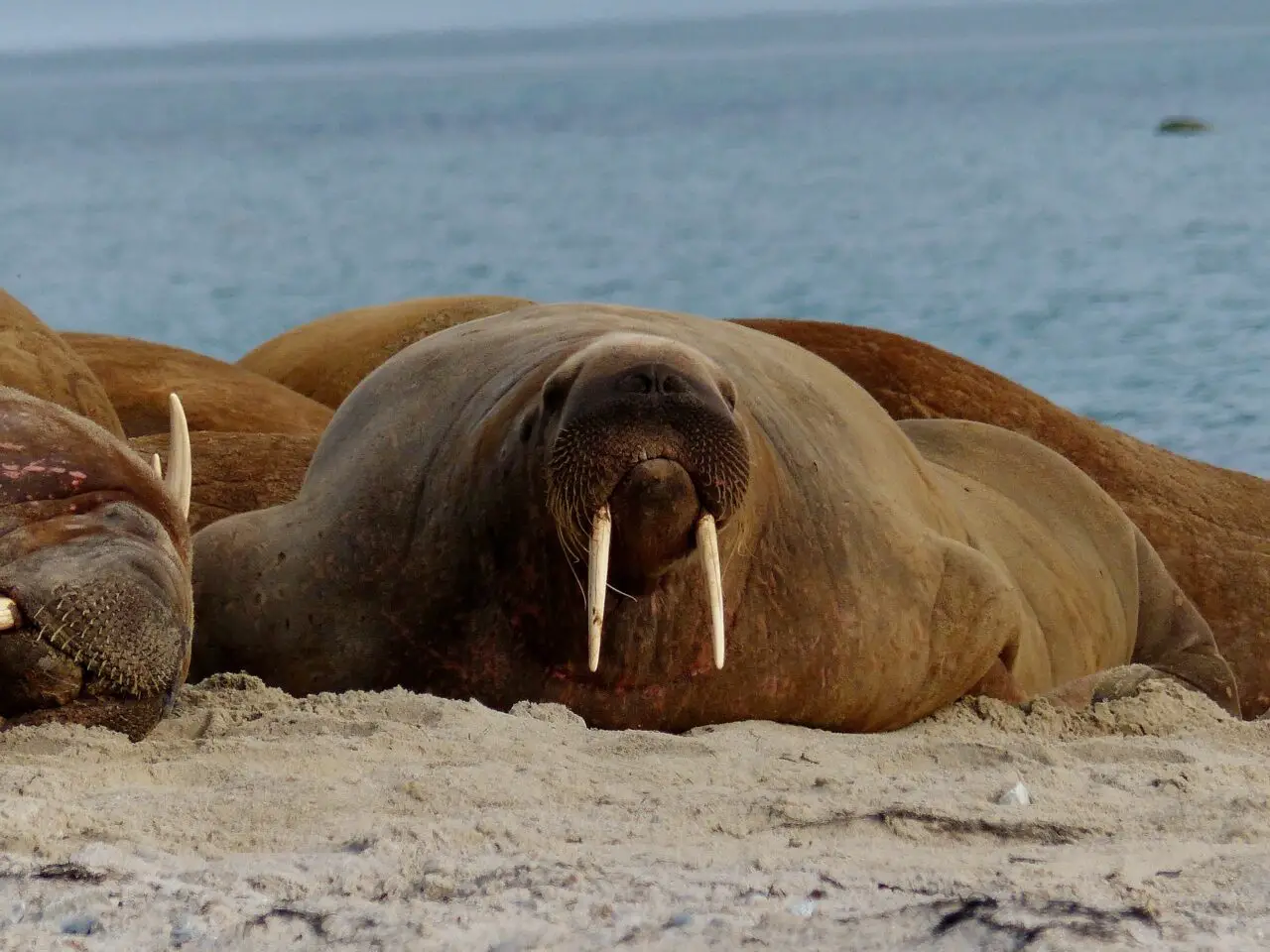
7. Arctic Fox: The Camouflaged Survivor
The Arctic Fox, with its stunning white fur, is a true master of camouflage in the tundra.
7.1 Physical Characteristics and Adaptations
Arctic Foxes have a compact body, short legs, and a bushy tail, all of which help to conserve body heat. Their thick fur changes color with the seasons, providing effective camouflage against the snowy backdrop during winter and blending into the rocky terrain during the summer months.
7.2 Behavior and Survival Strategies
Arctic Foxes are opportunistic hunters and scavengers, feeding on a variety of prey, including small mammals, birds, and even carrion. They are known for their ability to survive harsh winters by caching excess food and relying on their remarkable adaptations to endure the cold temperatures.
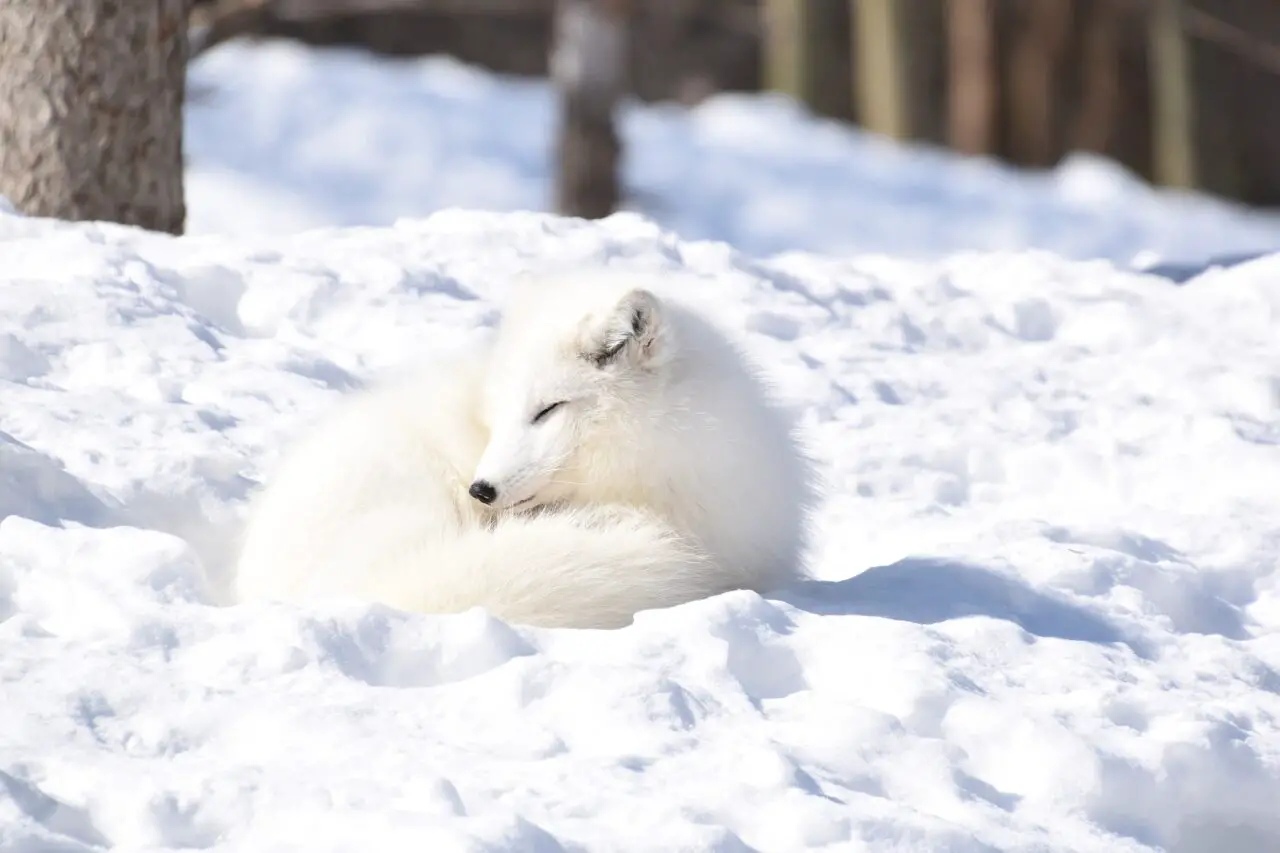
8. Snowy Owl: The Wise Watcher of the Tundra
The Snowy Owl is a majestic bird that soars through the tundra skies, capturing the imagination of all who encounter it.
8.1 Appearance and Hunting Techniques
The Snowy Owl is instantly recognizable by its striking white plumage and piercing yellow eyes. It possesses acute vision and hearing, enabling it to detect prey, even from a great distance. These skilled hunters swoop down from the sky to capture small mammals, birds, and even fish.
8.2 Breeding and Nesting Habits
Snowy Owls are known for their nomadic breeding habits, nesting on the ground in open areas. They create shallow nests lined with feathers and vegetation. During the breeding season, the males display elaborate courtship rituals to attract mates, and together, they raise their young in the vast tundra expanse.
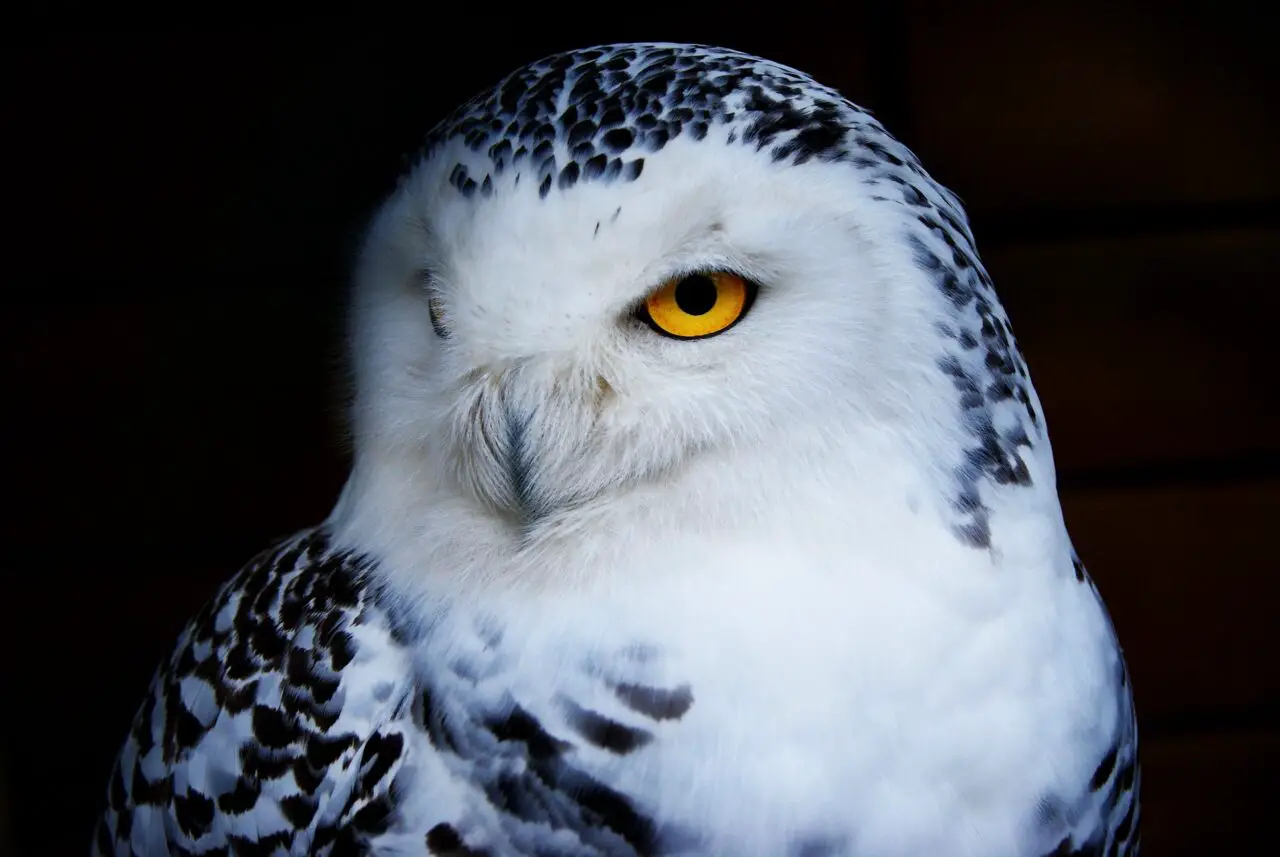
Conclusion
The tundra is home to an incredible diversity of animals, each uniquely adapted to survive the frozen wilderness. From the powerful Polar Bear and the elusive Arctic Wolf to the graceful Snow Leopard and the wise Snowy Owl, these fascinating creatures embody the resilience and beauty of nature. They have developed a range of adaptations, from thick fur and blubber to keen senses and hunting techniques, allowing them to thrive in one of the harshest environments on Earth.
As top predators, the Polar Bear and the Arctic Wolf showcase their strength and intelligence. With their physical prowess and pack dynamics, they navigate the tundra with precision, utilizing their specialized skills to hunt and survive. The Leopard Seal, on the other hand, dominates the icy waters with its powerful jaws and agility, while the Snow Leopard silently roams the mountains, blending seamlessly into the snowy landscapes.
The Canada Lynx embodies the spirit of the forest, its tufted ears attuned to the sounds of the tundra. This elusive feline has mastered the art of hunting snowshoe hares, showcasing its ability to adapt to the changing seasons. The Walrus, a mighty creature of the seas, navigates the Arctic waters with its impressive tusks and social behavior, carving a niche in the marine ecosystem.
The Arctic Fox, with its remarkable camouflaged coat, defies the elements and scours the tundra for food. Its resourcefulness and adaptability ensure its survival in this harsh environment. Finally, the Snowy Owl, with its majestic presence and piercing gaze, commands the skies as a wise watcher, a symbol of the tundra’s awe-inspiring beauty.
In conclusion, the top eight tundra animals exemplify the remarkable diversity and adaptations of wildlife in these frozen wildernesses. From the icy waters to the snowy landscapes, these creatures have honed their skills to navigate and thrive in the harshest conditions. Their presence in the tundra serves as a testament to the resilience and beauty of nature.
FAQs (Frequently Asked Questions)
- Q: Are polar bears really white? A: While polar bears appear white, their fur is actually translucent, and their skin is black. The hollow fur shafts and light-scattering properties give them their characteristic white appearance.
- Q: Do Arctic wolves live in packs? A: Yes, Arctic wolves are highly social animals and live in packs. These packs have a hierarchical structure, with an alpha pair leading the group.
- Q: How do Snow Leopards adapt to their mountainous habitat? A: Snow Leopards have several adaptations for mountainous environments, including long tails for balance, thick fur for insulation, and wide, fur-covered paws for traction on steep slopes.
- Q: Do Arctic foxes change color with the seasons? A: Yes, Arctic foxes have a color-changing coat. They are typically white during the winter to blend in with the snow and brown or gray during the summer to match the rocky tundra.
- Q: How do Snowy Owls survive in the tundra? A: Snowy Owls are well adapted to the tundra. Their feathers provide insulation, and they have excellent hearing and vision to locate prey. They also breed in the tundra during the summer months.
